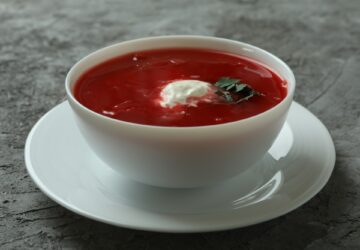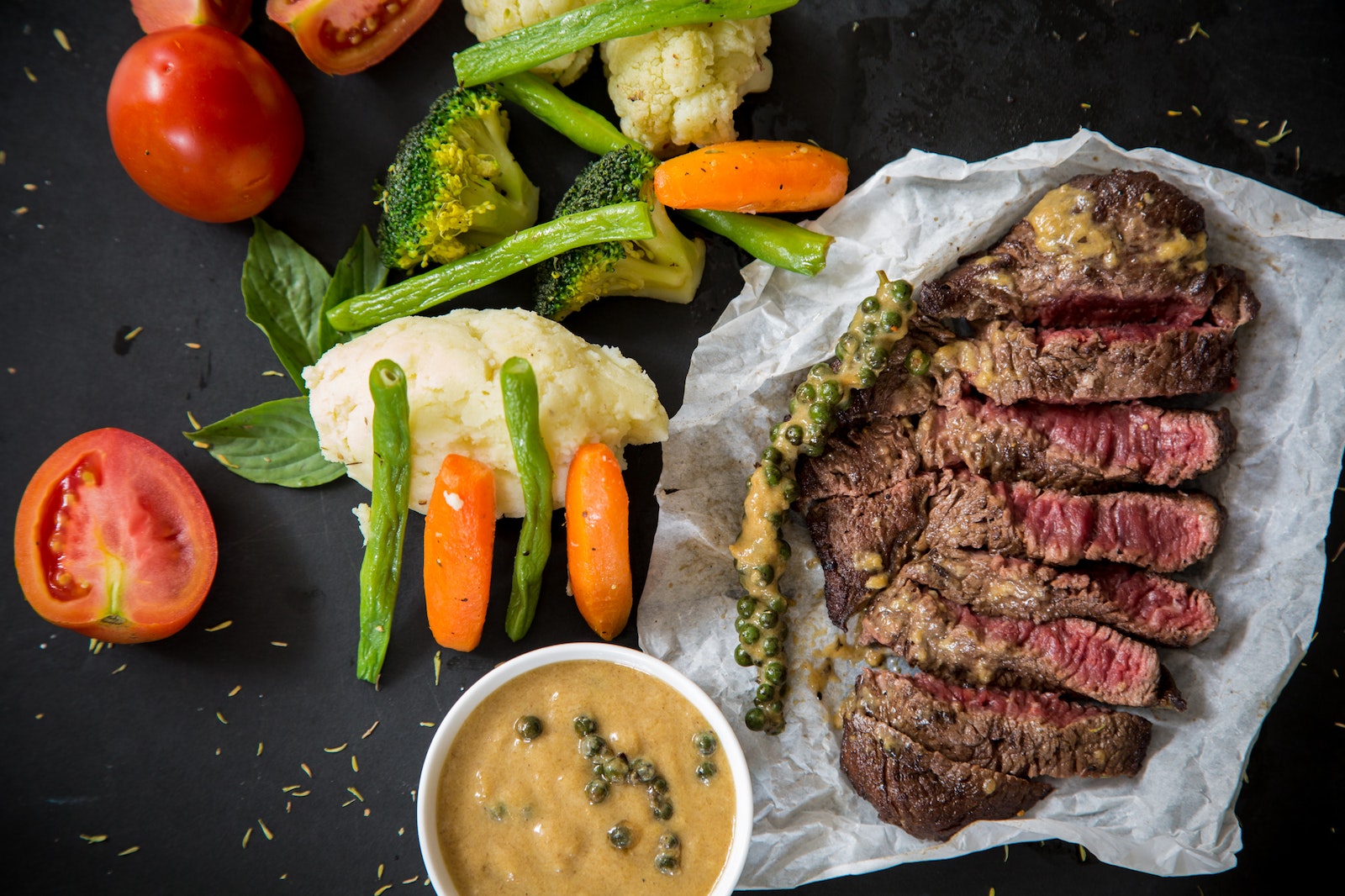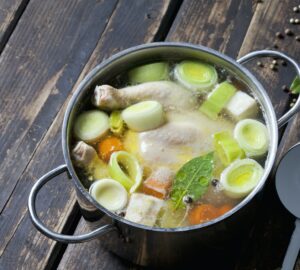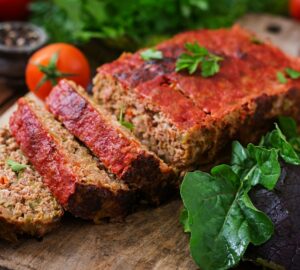Flank steak is a cut of beef that comes from the abdominal muscles or lower chest area of the cow. It is a long, flat, and relatively lean cut of meat with a coarse grain and a rich, beefy flavor. Due to its location on the animal, flank steak is considered a more muscular cut and can be somewhat tough if not prepared correctly. However, with proper cooking techniques and slicing, it can be transformed into a tender and delicious meal.
Flank steak is a popular choice for a variety of dishes, including fajitas, stir-fries, and grilled steak salads, because it absorbs marinades well and cooks quickly. It can also be used as a substitute for more expensive cuts like skirt steak or hanger steak.
To ensure tenderness, flank steak is best cooked using high heat methods like grilling, broiling, or pan-searing. Since it is a lean cut with little fat, it is crucial not to overcook it, as it can become dry and chewy. Ideally, flank steak should be cooked to medium-rare or medium doneness, with an internal temperature of around 130-135°F (54-57°C) for medium-rare and 135-140°F (57-60°C) for medium.
Marinating the flank steak for several hours or overnight before cooking can help to tenderize the meat and add flavor. Acidic ingredients such as citrus juice, vinegar, or wine can help break down the muscle fibers, while oil, herbs, and spices can infuse the meat with additional flavors.
When serving flank steak, it is essential to slice it against the grain. Since the meat fibers in this cut are long and coarse, slicing it against the grain (perpendicular to the fibers) shortens them and makes the steak more tender and easier to chew. Cutting the steak at a slight diagonal or bias can also enhance tenderness and presentation.
Flank steak is an affordable, flavorful, and versatile option for various dishes. With proper preparation and cooking techniques, it can be enjoyed as a tender and delicious meal.








